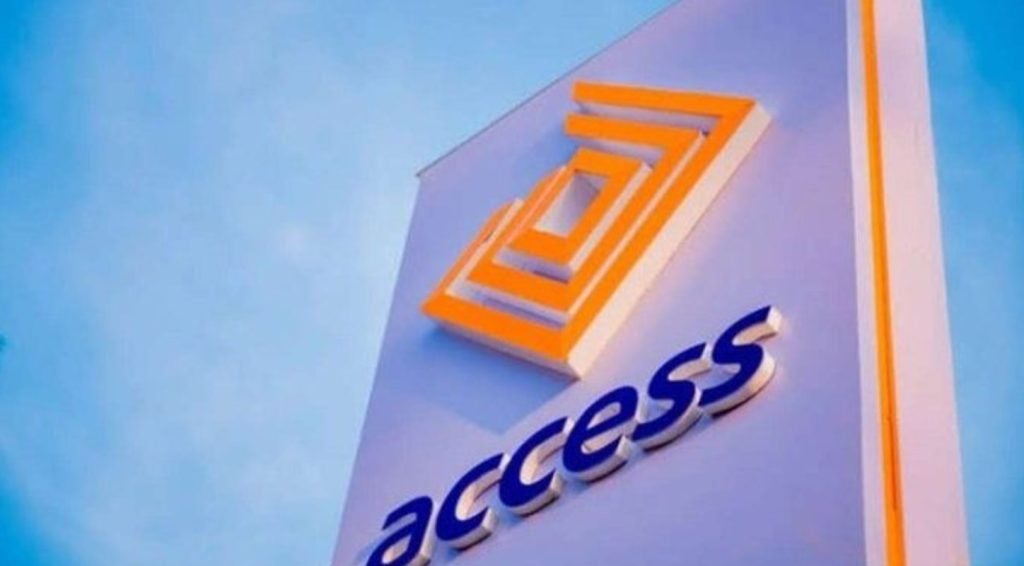
Client service is of the utmost importance in any sector, but it is increasingly gaining prominence in the financial sector. The Asia- Pacific region is a developing market with plenty of potential to gain customers, but how do you keep them? Patrick Brusnahan writes
So, how does a bank give a customer optimal service?
How well do you really know your competitors?
Access the most comprehensive Company Profiles on the market, powered by GlobalData. Save hours of research. Gain competitive edge.

Thank you!
Your download email will arrive shortly
Not ready to buy yet? Download a free sample
We are confident about the unique quality of our Company Profiles. However, we want you to make the most beneficial decision for your business, so we offer a free sample that you can download by submitting the below form
By GlobalDataObviously, it is different for every customer and there is no ‘silver bullet’ solution. However, with products in the market having very little variation on pricing or product, customer experience can often be the only differentiator. This can be crucial to keeping a customer and profiting from a customer.
Personalisation
Cedric Dias, head of digital marketing at Oversea-Chinese Banking Corporation (OCBC), says: “OCBC is looking at overcoming transformational pressures. There are challenges in various areas. It is becoming a very noisy and highly competitive world. So how do we stay ahead in the age of the demanding customer? Loyalty is decreasing as we speak.
“We look at personalisation, a one-on-one relationship with the customer. No customer touches the bank in the same way. Obviously, we have segments, but customers touch banking in different areas and how they do it is how they see the organisation. So why do organisations reach out and try to offer a one-size-fits-all solution?”
In addition, customers do not seem to care with who they bank. They need an account, but it does not matter where they get it from. The apathy associated with finance also needs to be beaten. Michelle Liew, head, group customer experience and channel management at RHB Group, explains: “Almost two out of three customers feel that banks are no different from one another. In fact, it is even more prevalent amongst millennials. That is 66% indifference. What does that mean to us as banks?
“We are all here to make money, and if this situation prevails and our customers feel that all banks are similar, it means that it costs a lot for us to serve our customers. There is zero return if customers are indifferent to us. This is something to consider seriously.”
Making services and products worthwhile for customers means personalisation. Reducing the chance that a product looks generic can pay great dividends.
“What’s changed that can overcome this strategy?” Dias asks. “The answer is data.
“Proper use of data can help to overcome this era of decreasing loyalty. Today at OCBC, we can get various analyses of customer segments. Over the past two years, we’ve spent over $100m to analyse any customer and come up with their demographic. We analyse every account for every customer.
“Today, much of this data can be accessed in real time, and it can be harnessed and made real and available.”
This work has allowed OCBC to offer appropriate deals to their customers that are “six times” as relevant as before. It can also be on any platform, such as online, in a bank branch or on mobile.
Analytics and campaigns
OCBC is able to detect customers and execute campaigns the moment a customer swipes their card. Analytics detects the swipe and sends a relevant offer to the customer if in a target location.
Dias adds: “We make sure that the offer is given to the person within three seconds. It’s as real-time as it gets.”
Liew states that no matter how many good offers a bank has, they are useless if nobody sees them. She explains: “In RHB’s case, we have internet and mobile banking penetration of around 40-50%, active users out of the penetration is, again, around 40-50%. Many of our customers don’t know we have a great offering, so what do we do?
“With regards to customer engagement, the easy way is to send out SMS messages, WhatsApps or emails, but many times we do not know if it has been read or acted upon.
So what we do differently is started chit-chat sessions with customers to talk about them and to not try to sell.
“During the session, when the customer is engaging with us, this is when they feel it is a genuine, sincere partnership that they are experiencing. The objective is to build intimacy so it is not a one-way street.”
Dias concludes: “Innovation is a journey. Now we need personalisation in scale. How can we harness this small test into various touchpoints? We are not there yet, but we have a very clearly defined roadmap.
“The first stage is making sure your data is clean and in the right shape with the right information from your customers. The second is a content management system which allows you to look at various opportunities and deals and pull them in and match it with customers. The third is automation of data. Without automation, you cannot harness this data and make it into accessible information for the customer.
“Lastly, delivery in the right channels, because many times we see that even if the offer is right, the delivery time makes a big difference. For example, if an offer cannot be redeemed online, then why show it online? The best part about this is that is not just about deals and offers, but also service.”








